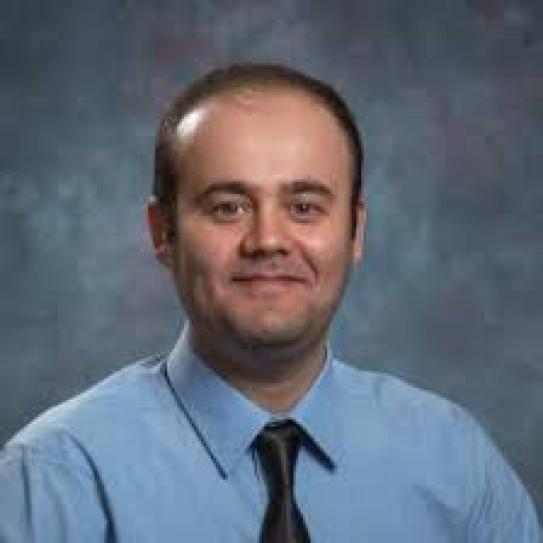
When Erdem Asa was studying the topic of resonant energy conversion systems back in his native Turkey, one of the texts he often turned to was written by Dariusz Czarkowski, a professor of electrical and computer engineering working in the United States. It would be an honor, Asa thought, to meet someone doing such fascinating and vital research.
That’s why, when Asa traveled to New York City to attend an English-language immersion school, he decided to reach out to Czarkowski, who, as it turned out, was teaching right in Brooklyn, at what was then known as the NYU Polytechnic School of Engineering. That fortuitous meeting resulted in Asa relocating to America to earn his doctoral degree under Czarkowski; co-authoring numerous peer-reviewed papers with his mentor; and joining HEVO, an NYU Tandon Future Labs startup trying to revolutionize electric-vehicle charging.
Asa, who initially worked as a system and control design engineer for GE Aviation after earning his Ph.D. in 2016, now serves as a research and development associate at the U.S. Department of Energy’s Oak Ridge National Lab, a facility devoted to finding solutions to some of the country’s most pressing technical problems.
One of those problems, he says, is reluctance on the part of many consumers to consider electric vehicles, because of the well-publicized, inherent difficulties of keeping them charged. To help mitigate the situation, he invented the Oak Ridge Converter, which allows for smaller, more cost-effective wireless charging infrastructure. (Power is transferred directly from the grid across the gap between an electromagnetic coil on the charging pad and a counterpart on the vehicle.) With that automotive game-changer to his credit, Asa is now adapting the technology to unmanned aerial vehicles (UAVs), also known as drones.
He explains that a typical commercial drone can fly only about 10 to 20 minutes using current battery technology, but if wireless charging units could be installed along their routes — a top light pole, for example — it could quickly recharge and continue on with its task. He envisions that using drones for deliveries in this way could decrease the number of vehicles on the road, greatly reduce emissions, protect the environment, and safeguard public health — important motivating factors for him.
“I joined Oak Ridge in 2019 because it presented the best of both worlds,” Asa says, “the chance to continue innovative academic research and apply it in a practical way for the benefit of society. That’s really what drives me.”
He’s now working with his former compatriots at HEVO to refine the system for commercial use through the U.S. Department of Energy Technology Commercialization Fund and is seeking other industry partners interested in further developing the drone charging technology. Asa, whose many honors include Tandon’s Dante Youla Graduate Research Excellence Award and Athanasios Papoulis Graduate Teaching Excellence Award, says, “It will be exciting to see our innovations getting out there in the marketplace and making a difference.”

